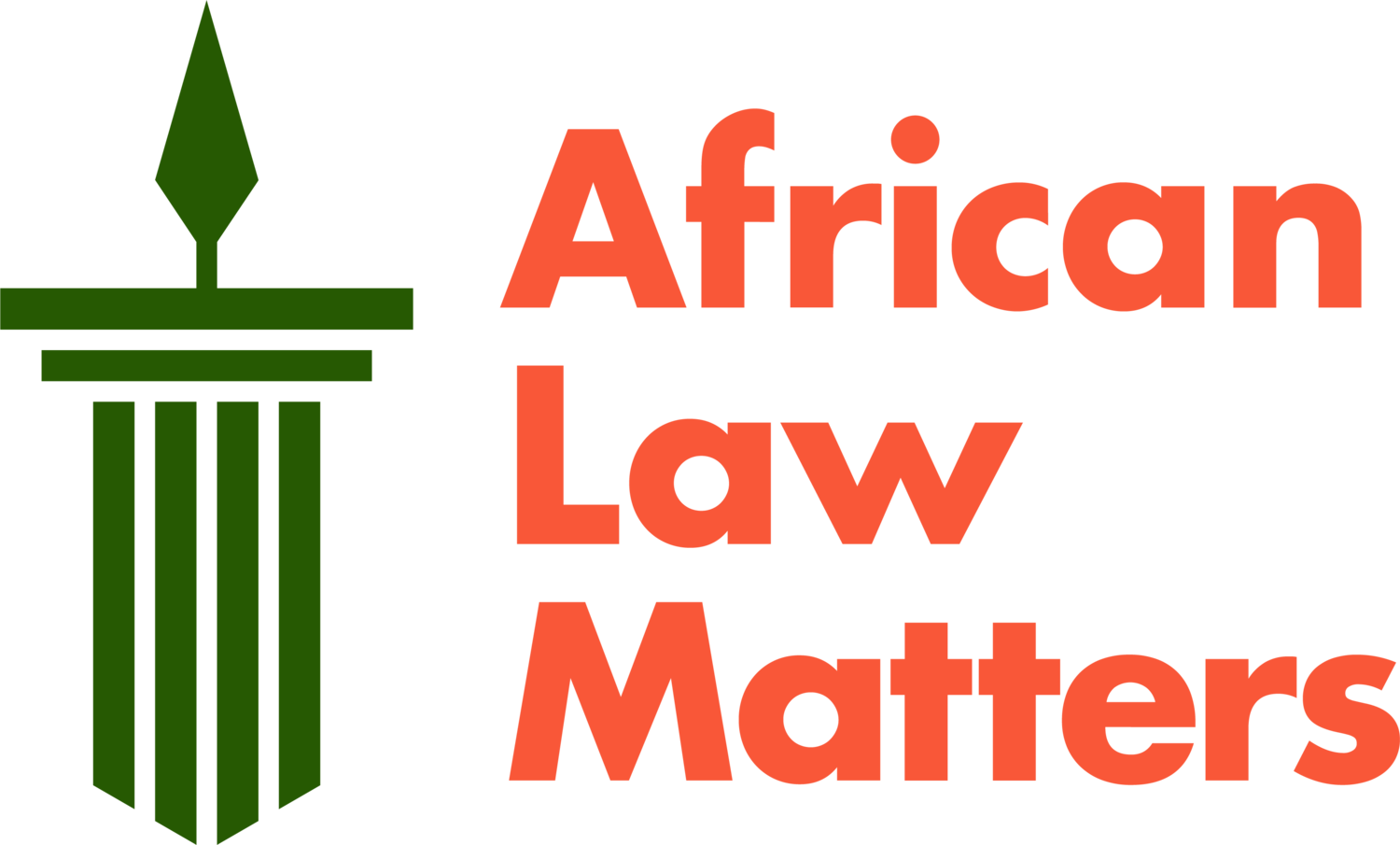The Limits of the National Register for Sex Offenders to Protect Children in Private and Familial Spaces
Picture Credit: South African National Research Foundation https://www.nrf.ac.za/
In late September 2025, the media was dominated by reports of the Ian Hoggins case, who was convicted of serious sexual offenses against a four-year-old child committed in 2022.
He was also found in possession of 124 unlawful images of minors. The matter was heard by the Thembalethu Regional Court (whose decisions are not typically reported), where he was sentenced to an effective term of life imprisonment.
Disturbingly, more than ten judgments involving children under the age of ten have been reported in 2025 alone. The prevalence of sexual offences against children is profoundly concerning and raises serious questions about the adequacy of existing legal and institutional frameworks designed to ensure child protection.
According to recent 2022/23 statistics, rape remains the highest reported crime committed against children in South Africa, a trend that has persisted for the past decade. Over the last six financial years, over 106,000 cases of rape have been reported, followed by 22,000 cases of sexual assault in South Africa. Statistical evidence further reveals a strong correlation between a child’s age and the risk of exposure to sexual violence, with 21 reported rape incidents per 100,000 children under the age of five, rising sharply to 173 incidents per 100,000 among adolescents aged 13 to 17.
Legal Framework
The way such tragedies have flooded our media space has normalized this crisis. We are desensitized to an unacceptable reality that demands urgent action. Yet, despite robust legislation such as the Criminal Law (Sexual Offenses and Related Matters) Amendment Act 32 of 2007 (SORMA), enacted to combat this scourge, systemic hurdles continue to undermine the protection of children. Sadly, children in South Africa remain exposed to alarming levels of violent crime. One of the key institutional failures contributing to this problem is the National Register for Sex Offenders (NRSO), which remains inaccessible to the public due to the confidentiality and disclosure provisions contained in SORMA. The NRSO was established in June 2009 by the Department of Justice and Constitutional Development pursuant to Chapter 6 (sections 40-53) of SORMA. The NRSO aims to maintain a register or list of all convicted sex offenders (section 42). In practice, before individuals are employed to work with children or persons with disabilities, their status must be verified against the Register (section 41).
Shortcomings of the Register
Several critical issues have rendered the Register largely ineffective. Firstly, there is a crucial level of inconsistency among institutions tasked with conducting these verifications, defeating the NRSO mandate. Secondly, the administrative backlog within the Department prevents applications and verifications from being processed promptly. Thirdly and most importantly, the NSRO is not publicly accessible.
Only individuals or institutions seeking to verify a potential employee’s name may apply, and even then, the application is for verification purposes only, not for direct access to the Register’s information. While the NRSO may offer a measure of protection in public spaces, such as schools, it provides little to no protection in private settings, for instance, within homes or communal environments. This gap poses a serious risk: employers cannot know whether a domestic worker, caretaker, or caregiver has a history of sexual offenses. Even more concerning, there is no way to identify whether relatives, extended family members, or neighbors are registered offenders who may pose a danger to children.
“…Crimes against children are both worrisome and unacceptable, demanding urgent, coordinated, and practical action across all sectors of society”.
Due to these glaring gaps, the NRSO has become a ‘barking toothless bulldog’; noble in purpose, but ineffective in practice. The persistently high crime statistics against children offer no evidence that the Register has served as a meaningful deterrent or protection mechanism.
Child Safety in Familial and Community Settings
Two familiar concepts related to protection and child-rearing must be addressed. Firstly, in many African communities, there is a common saying that “it takes a village to raise a child”, which captures the communal responsibility traditionally associated with child upbringing and protection. While this philosophy fosters unity and collective care, it has sometimes enabled abuse within family structures. In such environments, children have historically lacked a voice, feared reporting abuse, or were not taken seriously when they did. The NRSO has limited value in such cases. It can identify a teacher or babysitter with a criminal record, but it cannot address abuse committed by relatives, such as an uncle or aunt, whose crimes often remain hidden within the family circle. Secondly, there is a persistent misconception surrounding child victims, the notion of ‘stranger danger’, a catchy idea suggesting that strangers pose the greatest threat to children. Globally, this has proved false. Most perpetrators are known to the child, often family members, peers, or community members.
Children between 0 and 10 are almost always under adult supervision at home, school, or community. Ironically, these same adults are often the perpetrators of abuse, while peer-on-peer abuse is less common at this age. This reality underscores the urgent need to confront the uncomfortable truth that abuse frequently originates from those entrusted with children's care. Moreover, studies reveal that incidents of child rape predominantly occur at night, at a time when children are typically in the care of parents, guardians, or other family members. This pattern strongly suggests that individuals within the home or close family network commit many of these crimes.
Statistical Overview and Trends
Several studies have been conducted in this area. Meinck argues that strangers commit 23% of rapes, relatives at 23.1%, boyfriends or girlfriends 23.1%, neighbours 9.6%, and peers 7.9%. Although it may seem that strangers constitute the largest group of perpetrators, the data in fact reveal that over 65% of rape cases against children are committed by individuals known to them and with whom they have regular contact.
Also, Meinck et al report that children are sexually abused mainly by peers (30.9%), boyfriend or girlfriend (24%), stranger (14%), neighbour 13.2 % and relative (7.5%). These findings align with broader research indicating that perpetrators are often trusted individuals, known to both the child and the family. In a study by Mabetshe et al., 56 out of 60 participants confirmed that child sexual abuse is most commonly committed by someone familiar to the child.
These statistics are deeply troubling. They reaffirm that most child sexual abuse cases occur within circles of trust, where perpetrators exploit relationships with the child to silence them. Warning signs in the child’s behavior often go unnoticed or are ignored. A closer look at these figures may help explain why sexual crimes against children remain persistently high, because many offenders are not easily identifiable or verifiable by parents or guardians.
Conclusion
If the NRSO were made public, parents and guardians could access it directly, enabling them to better protect their children from potential predators within their families and communities. However, public access to the Register also raises concerns about vigilantism and possible misuse of personal information. This underscores the need for a careful balance between protecting offenders' rights and safeguarding children's welfare. Ultimately, these crimes against children are both worrisome and unacceptable, demanding urgent, coordinated, and practical action across all sectors of society.


